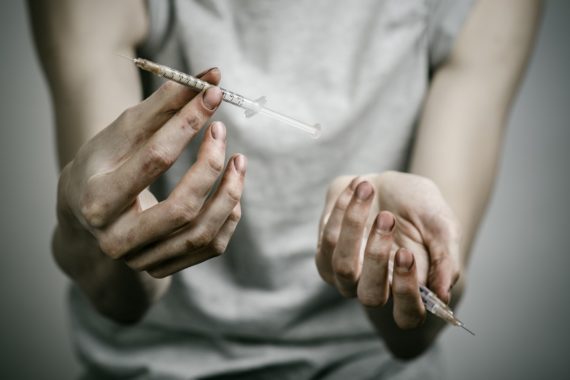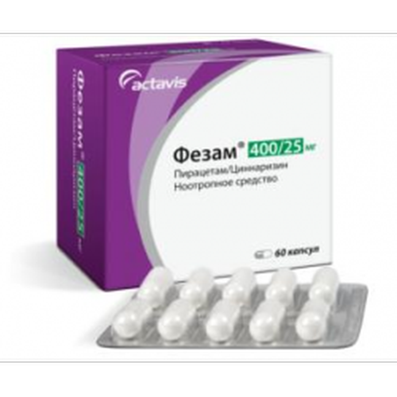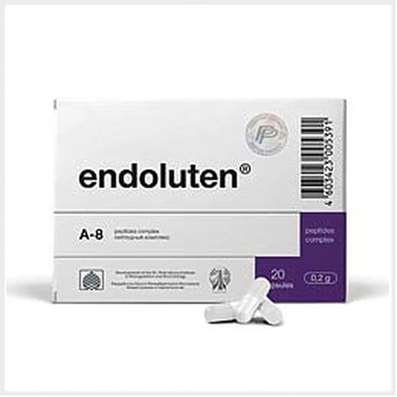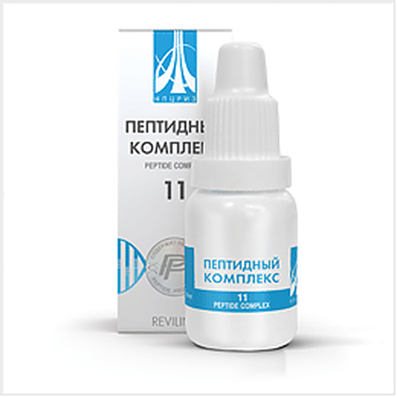Determination of the degree of drug dependence
06 Nov 2018
Read a number of criteria that are the basis for determining whether there is a drug dependence. Mark plus signs those signs that you have or your loved one.

A. Interest in the drug.
1. There is a constant heightened interest in the drug between doses, so the activity and the circle of communication are formed taking this interest into account.
2. If the dose is postponed, waiting becomes painful.
3. Communication with a certain circle of people who are criminals from the point of view of society and the law.
4. Attitude to the category of people, inevitably hiding from the law and violating it.
5. Playing such "hide and seek" begins to be valuable in itself, bring satisfaction.
6. The people around start sharing on those who are on this side ("their own"), and those who are on the other ("strangers"). By the second, hostility and alertness are established.
7. In the category of "enemies" easily come close, old friends, loved ones.
8. If necessary, choose a greater preference for drugs than for close people.
B. The loss of criticism to the state and self-control.
1. When you receive a "scheduled" amount of a substance, in the end, it turns out that more is used (a single dose is increased).
2. Evaluation of their ability to control the situation is inadequate - in fact, self-control is not enough neither to abstain, nor to make a dose less.
3. Confidence that you can always quit.
4. Do not admit to being a drug addict.
5. Confidence that others use more, so they are addicts.
6. If you do not recall the need for restrictions, he can not stop himself.
C. Increasing tolerance.
1. After a single or two-time use of the drug, the desire to take it again (instant dependence).
2. Not kept dose at a certain level (and not the more reduced), and constantly increases.
3. Able to consume in a single dose the amount of substance that, when first used, would lead to death.
4. The effect obtained from the previous dose does not meet expectations, is not pleasing or even absent.
5. Most of the day passes in search of funds for the drug, its production or use. The other does not have time.
6. increasingly isolated from society: broken old friendships and professional relationships, there is separation from family, termination of visits to places and events where previously he liked to be, and so forth.
7. The concept of "holiday" (New Year, birthday, etc.) disappears life, or becomes a reason for drug use.
8. Frequent quarrels, accusations of others, irritability over trifles.
D. The emergence of the syndrome of withdrawal.
1. In the case of conscious or forced abstinence, there are obvious signs of physical discomfort (abstinence, or "withdrawal").
2. Pain in the bones, pain in the muscles, cutting light, too loud sounds, fever, dryness in the throat, headache, weakness. It is difficult to find such a position that the whole body does not hurt. Because of such symptoms, rapid transitions from the position of immobility to a state of motor activity.
3. There are convulsive movements.
4. Symptoms of abstinence are reinforced in the community of the same drug addicts when they recollect and discuss the last "buzz sessions".
5. In a society of people who behave calmly, do not support conversations about drugs, switch to another, the symptoms of withdrawal are weakened.
E. The appearance of fear of "breaking".
1. A new dose is used to remove the syndrome of "breaking".
2. There are attempts to cause pity, asking for money for a drug or the drug itself, and justifying your behavior with fear of a painful condition. Accept the image of the victim.
3. Justify yourself when using a new dose to avoid "breaking".
4. Resorting to threats to get a drug or money on it.
5. When the dose is not enough even to get some nice effect, the use continues anyway.
6. Suffering during the "breaking" is exaggerated, colorfully described.
7. Despite the use of medicinal drugs, the symptoms of "breaking" are not removed.
8. There are people in the presence of whom the symptomatology is facilitated by itself.
F. Attempts to quit are unsuccessful.
1. There is an experience of repeated, but unsuccessful attempts to stop the use of drugs.
2. You become more persuasive, subject to influence and under the influence of conversations with different groups of people, a constant mestus from one pole to another - that fright of punishment or fear of the physical consequences of addiction, then aggressive behavior, bringing "weighty" arguments or active resistance to the "drug pressure group" ".
3. There is a "contrary" behavior. The more reproaches, moralizations, clashes with disapproval, condemnation, the more resistance, the desire to act spitefully.
4. Dependence on the drug group, the fear of losing contact with it.
5. Search for groups that support drug use, get there "help" and expose them as "saviors." Comparison with other groups is not in favor of the latter.
G. Everyday life is disrupted.
1. Drugs are used in any place and at the most inappropriate time - at school, university during class, office, at work, at the entrance, etc.
2. Drug use in any situation, threatening stress and stress.
3. Combating problems and stress solely by taking a drug.
3. Restriction of the diversity of spheres of life.
H. Studying work, private life, everything is falling apart.
1. Loss or inability to find work, frequent change of activities. If the student, then skipping classes or throwing to learn at all.
2. Difficulties in the process of work, about a career in general, it does not go.
3. Permanently "somewhere" disappear money.
4. Apathy grows, indifference to everything, except for a dose.
5. Sharply limited interests.
6. Do not attract even strong physiological stimuli, such as sex, food.
7. Completely "forgotten" to rest.
8. The instinctive sphere is suppressed - the sense of self-preservation decreases, the recklessness grows (even during the abstinence period).
I. Spiritual degradation and "narrowing" of the world.
1. Despite the obvious problems (see above), continued use of drugs.
2. Changing attitudes towards the world (the world is seen only as a source of drugs and no more).
3. The sphere of reality narrows to a minimum, leaving space solely for what is associated only with the drug.
Calculate the pluses for each group of characteristics and throughout the test.
Evaluation of results
Conclusion: if you scored 24 or more affirmative answers in the total amount, then you can talk about the existence of drug dependence.
Proceeding from the fact, by which groups of signs more positive answers are typed, one can judge the degree of dependence or the weakest points of resistance of dependence.

 Cart
Cart





